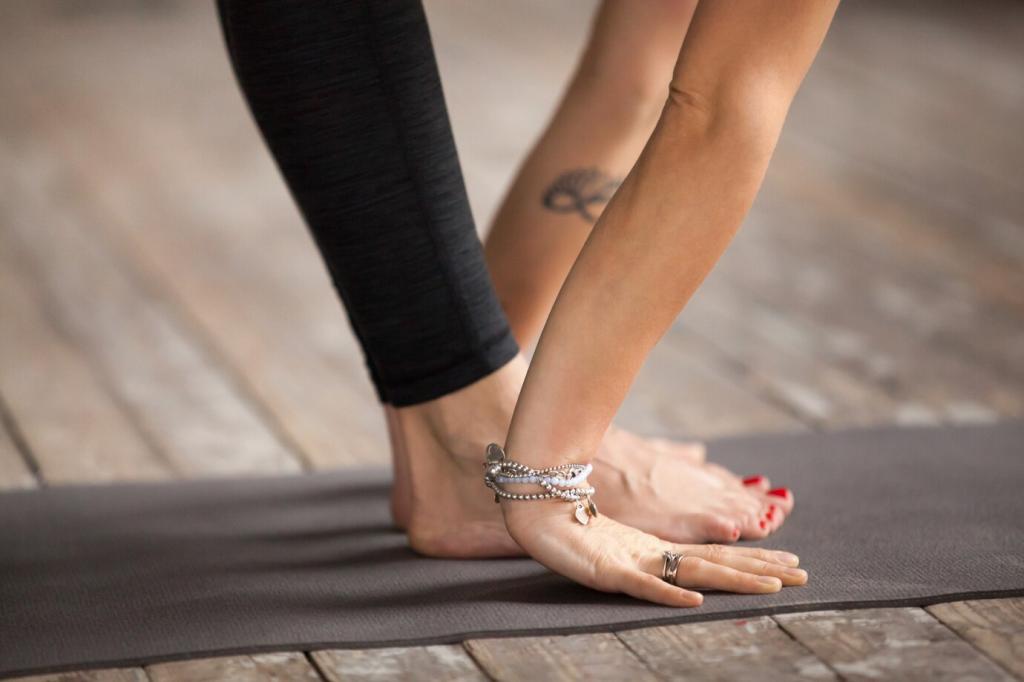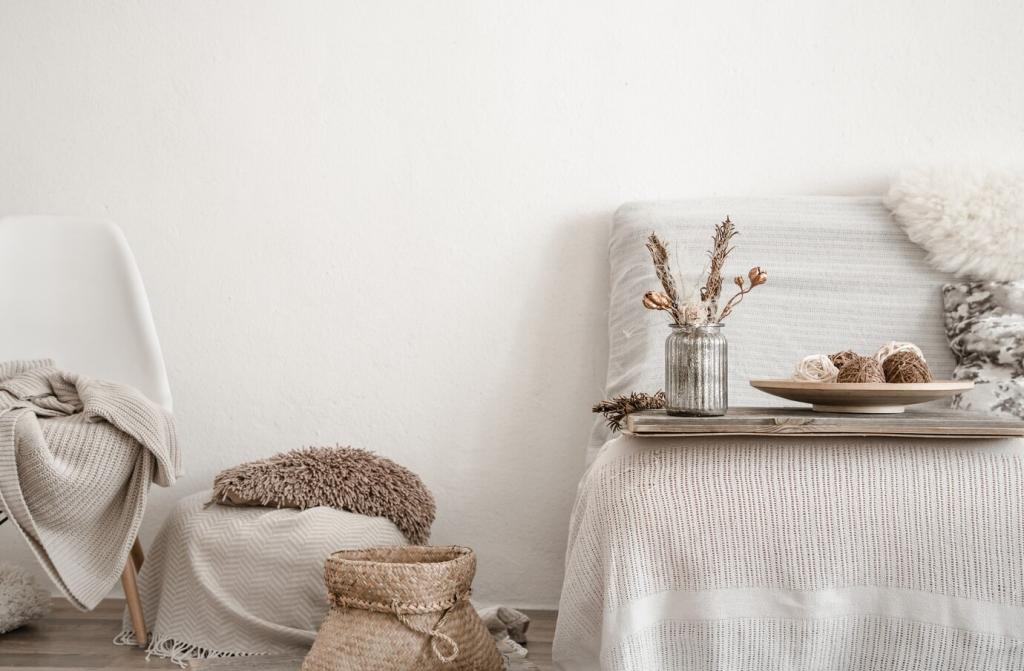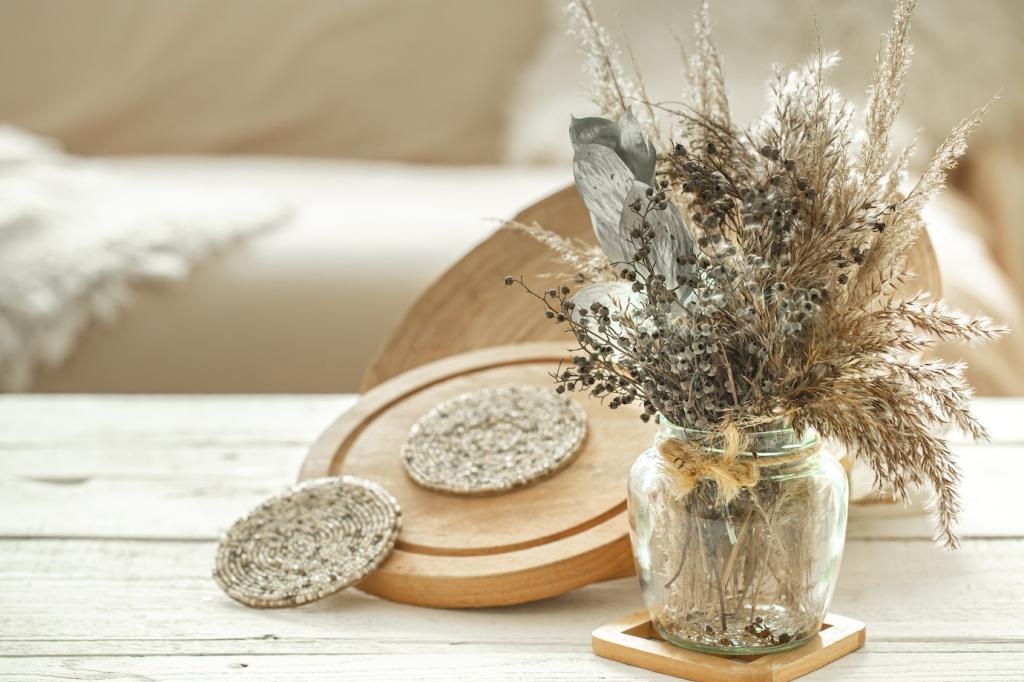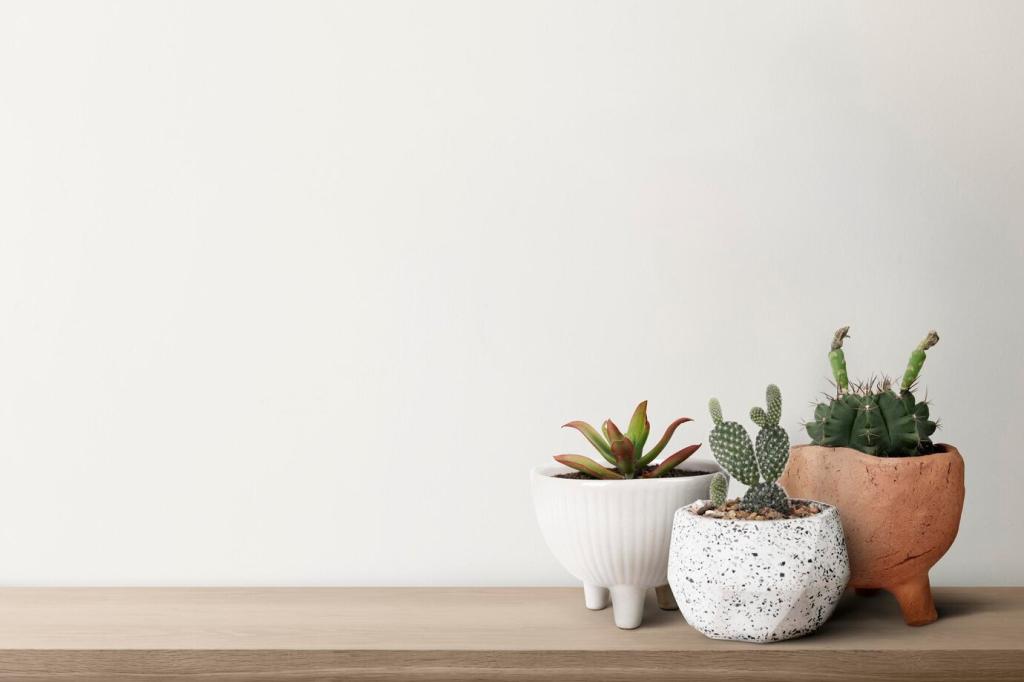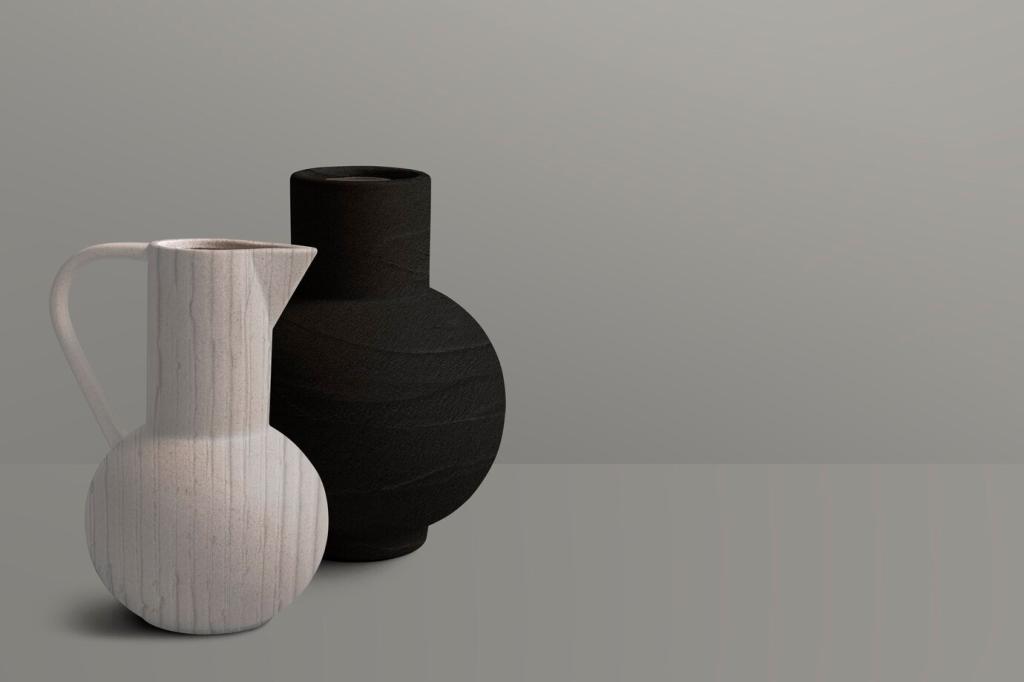Natural Textiles: Linen, Cotton, and Wool That Breathe
Stonewashed linen hangs with relaxed drape, filtering daylight into a gentle glow. It rustles lightly as you move, adding a mindful cue to slow down. Share your favorite curtain weights and weaves in the comments.
Natural Textiles: Linen, Cotton, and Wool That Breathe
Tightly woven organic cotton feels clean and dependable, resisting pilling while remaining breathable. Choose undyed or low-impact dyes, and keep forms simple so props read as tools, not distractions, during restorative sequences.

